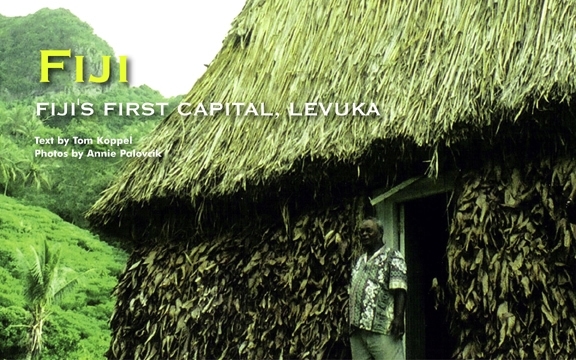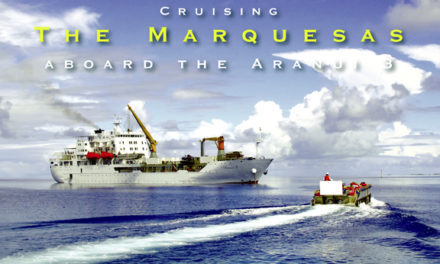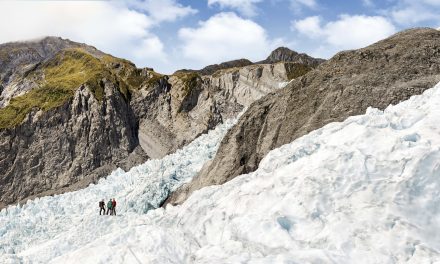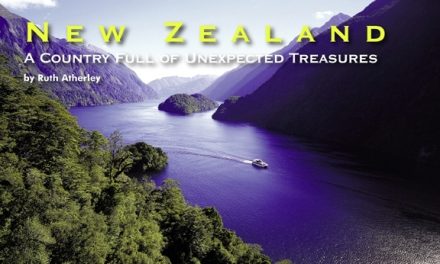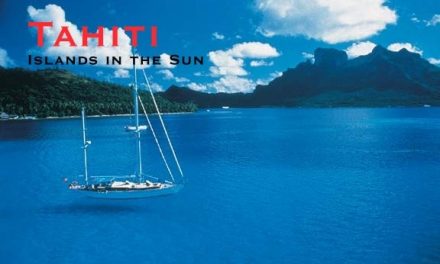Fiji
FIJI’S FIRST CAPITAL, LEVUKA
Text by Tom Koppel
Photos by Annie Palovcik
Now laid-back and friendly, Levuka was once the wild metropolis of the South Pacific.
MEETING A CARPENTER
Joseph Ramusu, a muscular, dark-skinned man, led us into the traditional Fijian building with a steep thatch roof. The interior was impressive, featuring massive log posts and beams and walls covered with beautifully woven matting. But renovations were being done; lumber and tools littered the dusty floor. “This is where the provincial chiefs meet,” he explained. A decorative board named all the ranking personages since 1874. “Are you a chief?” I asked. “Oh, no,” he replied, “I’m only the carpenter.” “Why only?” I countered. “There have been some highly honoured carpenters in history named Joseph.” He laughed and beamed. In Fiji, revering an ancestral lineage did not conflict with being a good Christian. And in the small town of Levuka, Fiji’s first capital, people feel particular pride in their heritage and share their enthusiasm with visitors.
HARMONIOUS FERRY RIDE
My wife, Annie, and I had stayed at a couple of mainstream resorts and enjoyed the palm-fringed beaches, great snorkelling and fine food. But those places were isolated from villages and towns. Surrounded by western tourists, we met Fijians only as employees who catered to our needs. Then we boarded the two-hour ferry from the main island, Viti Levu, to Levuka (population 2000) the only sizable settlement on rugged offshore Ovalau Island. Except for one German backpacker, the passengers were all locals. And they were friendly, which was appropriate for a ship named “Spirit of Harmony.” (English is Fiji’s official language.) Everyone wanted to know where we were from. “I have family who live near Vancouver myself,” one man told Annie. An electrical engineer, whose crew was working on Ovalau’s power lines, gave me his card and insisted that we phone him when we got back to Viti Levu, so he could drive us around. “Bula” (hello) said a couple of young guys in ball caps who were hanging loose on the sunny top deck. They lived in Levuka but had made the ferry trip to bring back a casket for a major family funeral. We had noticed it, gleaming white and bedecked with flowers, lying on the car deck below.
A CLASSIC HOTEL
Arriving at dusk, we wheeled our suitcases up the main street and got settled at the slightly funky but enchanting Royal Hotel. Its 15 rooms, starting at around CDN $ 20 for a single plus a few newer bungalows, made it the main local lodgings. There was no better place to get a whiff of colonial era atmosphere. Built in the 1860s, it is the oldest continuously operated hotel in the Pacific islands, with lazily turning ceiling fans, rattan chairs, a billiards room and the ambiance of a Conrad or Somerset Maugham novel. (Somerset Maugham actually stayed there.) Today it is owned by a family that is part European, part Samoan, and part Japanese, which typifies the island’s melting pot. For dinner, we walked a couple of blocks to a simple Chinese restaurant where the staff looked more Fijian than Asian. The walls were lined with framed photos of old ships and former chiefs wearing grass sulus, or wrap-around skirts. (Two days later, we met three Methodist churchmen from Viti Levu decked out in gorgeous grey woolen sulus. They were in Levuka for the big funeral, because the deceased had held a high position in the town’s congregation.) After eating, we strolled along the seawall. Clusters of young people gathered under the street lamps, enjoying the cool breeze, playing music and singing. “Bula,” they called out as we passed.
WILD TRIBES AND WHALERS
The next day, we began to explore. A small museum housed displays about Levuka’s tumultuous early history. European and American whalers, beachcombers and sandalwood merchants arrived in force in the 1820s and 1830s, followed by missionaries and traders in copra, sugarcane, sea cucumbers and “blackbirded” (kidnapped) workers from western Melanesia, who were little more than slaves. For decades, it remained the metropolis of the southern ocean, a wild and lawless place where 50 hotels and grog shops lined the shore. The island’s mountain tribes repeatedly attacked Levuka and burned down its buildings, but the whites made alliances with selected chiefs, including from neighbouring islands, and established a series of makeshift governments. They built churches and schools, established a Masonic lodge and even, briefly, a chapter of the Ku Klux Klan to defend their racial interests. They ultimately prevailed, but not before an allied native chief, trying to collect taxes from hostile islanders, was killed and eaten.
FIJI’S FIRST CAPITAL
Meanwhile, Britain and the US engaged in gunboat diplomacy, jockeying for power in the Pacific. In 1874 this conflict ended with the cession of Fiji to the protection of Queen Victoria. Levuka became the seat of British administration. Today, the manicured site of that ceremony is surrounded by a white picket fence. But the town had been built against steep mountains with little room to expand, and the harbour was too small for a rapidly growing colony. After seven years, the capital was moved to Suva, on Viti Levu, and Levuka reverted to being a sleepy provincial outpost. Which is just as well. Unlike dirty and teeming Suva, it is now a pleasant and welcoming place.
FRIENDLY NATIVES
When we strolled through the tidy streets, people waved or stopped to talk. The Red Cross chapter was having an open-air reception, with speeches to honour their active members. They invited us to join them; we gladly partook of the sandwiches and refreshments and made a donation. We entered a small general store to buy bandaids. Packed shelves, accessible by tall ladders, reached to the ceiling. It was owned by the third or fourth generation of an immigrant family from India. (Indians initially came to work the sugar plantations and are now about 40 % of Fiji’s population.) Proprietor Bhupendra Kumar’s eyes lit up when he heard I was a writer. “So am I,” and he pulled out a well-illustrated paperback history of Levuka. Kumar had written the chapter on business and trading, and had served as mayor. He signed it for me and insisted on phoning the only local Canadian ex-pats, hoping to introduce us, but unfortunately they were away. We also met Akosita Likuca, who was sitting with her two young daughters in the shade of a large tree, selling home-grown fruit. They posed for a snapshot and I promised to mail them a print when we got home.
A TRADITIONAL FUNERAL
Then we ran into one of the young guys who had accompanied the coffin on the ferry. He had a huge live pig in the back of his pickup and was about to have it butchered for the feast that would follow the funeral. “So, it’s the pig’s funeral, too,” he joked. The slabs of pork were to be cooked by the traditional method, simmering underground for hours in the “lovo” pit with rocks pre-heated over a wood fire. In Levuka, the old ways co-exist easily with the new.
IF YOU GO
The best connections from Canada to Fiji are via Honolulu with Continental Airlines. http://www.continental.com
For further information about Fiji, see www.bulafiji.com and for Levuka, www.levukafiji.com
Levuka can be reached by the Patterson Bros. ferry, or one can fly with Air Fiji from the Suva airport.
For the Royal Hotel, see www.royallevuka.com

